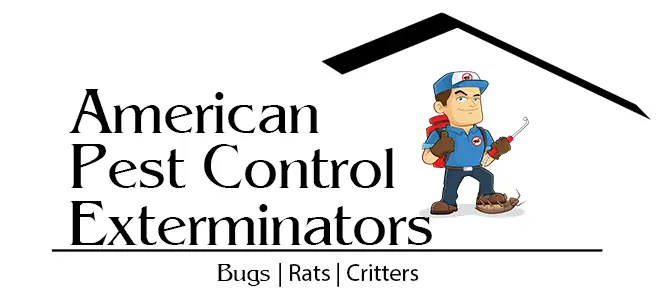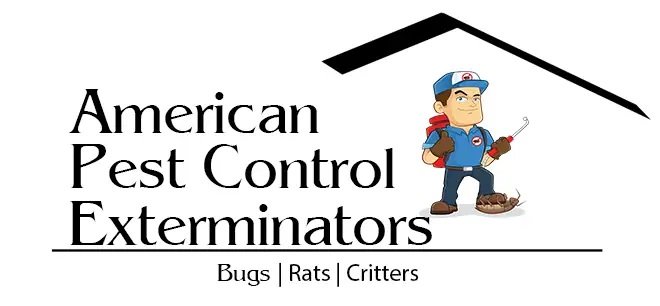
Termite Control: How To Do It Right
For homeowners and business owners alike, one of the most annoying pests are termites. They can be quite destructive, and even a small infestation can quickly become a big problem. Fortunately, there are a number of ways to control termites without resorting to harmful chemicals or intense manual labor. In this article, we’ll explore some of the best methods for Termite Control: How To Do It Right.
What are Termite Control Services?
A termite control program is the key to preventing damage from termites and reducing your overall costs. Here are some tips for effective termite control:
1. Establish a baseline inspection schedule. Regularly inspect your home for evidence of termites and pest activity. This will help you identify any areas where treatment is necessary, as well as track the progress of your termite control efforts over time.
2. Use professional help when performing termite inspections. A qualified inspector can identify signs of infestation that may go undetected by the homeowner, and can provide recommendations for controlling them if they are detected.
3. Implement atermite protection plan . A comprehensive termite protection plan should include measures to prevent entry into your home, such as caulking around doors and windows and installing Termite Protection Systems (TPS). TPSs use baited traps that trigger an alarm when an insect intruder tries to cross into the device, leading to quick and easy identification and removal.
4. Use termite control products that are effective against the specific termite species that is present in your area. Not all termite control products are effective against all termites, so it is important to select one that will target the pests that are causing the damage.
5. Monitor your progress and adjust your termite control strategy as needed. If you notice an increase in pest activity or damage, or if your termite protection system fails, then it is time to consult a professional to help you identify and correct the problem.
What Termite Control Services Do
There are many ways to control termites, but the most effective way is to use a method that suits your specific environment. Some homeowners may choose to do nothing and let termites do their work for them, while others may choose to use treatments that require periodic maintenance.
Regardless of your chosen termite control method, it is important to follow the manufacturer’s instructions carefully to ensure proper and efficient results. Here are some common termite control services and what they entail:
1. Sealant Treatment: A sealant treatment involves spraying a viscous liquid or powder around the exterior of the home. The sealant repells termites from entering the home and prevents them from spreading wood damage or antiques inside.
2. Termite Detection: Termite detection services help identify infestations in advance by using sensors placed inside or outside of the home. Once detected, an exterminator can provide you with a treatment plan tailored specifically for your situation.
3. Termite Control: Once an infestation is detected, the exterminator will use various methods to eradicate the termites from your home. This might include baiting with food or sugar water, sealing off points of entry, and using chemical treatments.
4. Pest Control Services: When termites are not the only pests problem you have, our pest control experts can help. They may provide a variety of treatments to rid your home of rodents, cockroaches, and other unwanted pests.
How Many Termite Control Treatments Should You Expect?
Termite control treatments should be expected to last around six months, but may vary depending on the severity of infestation. Treatment methods usually include baiting systems with food or bait stations and applying a pesticide. Professionals will initially inspect your home for signs of an infestation and then recommend the most effective treatment method.
What to do if you find Termites
If you find termites, the first thing to do is determine if they are causing any damage. If so, take appropriate action to eradicate them. If the termites are not causing any damage, then you can leave them be. Termites cannot survive in cold climates and will eventually die off.
How to Prevent Termite Damage
If you have termites in your home, now is the time to learn how to prevent damage. The following tips will help:
– Seal all cracks and openings around pipes, wires and other elements that termites could use to enter your home. This includes any gaps around doors and windowsills.
– Make sure the soil outside your home is free of debris that could provide a place for termites to nest. Clear away leaf litter, branches and other objects so the soil can absorb sunlight properly.
– Keep an eye on your roof and if you see any signs of decay or damage, have it inspected by a contractor immediately. Termites are notorious for destroying roofs prematurely.
– Keep your home clean and dry – termites love damp environments. If your home is cluttered, water can accumulate and cause damage to your foundation, walls and other areas of your home.
If you notice termites inside your home, don’t try to exterminate them. Instead, call a professional and have them take care of the problem.

